Home>diy>Building & Construction>What Is The Most Common Thickness Of Drywall Used In Residential Construction
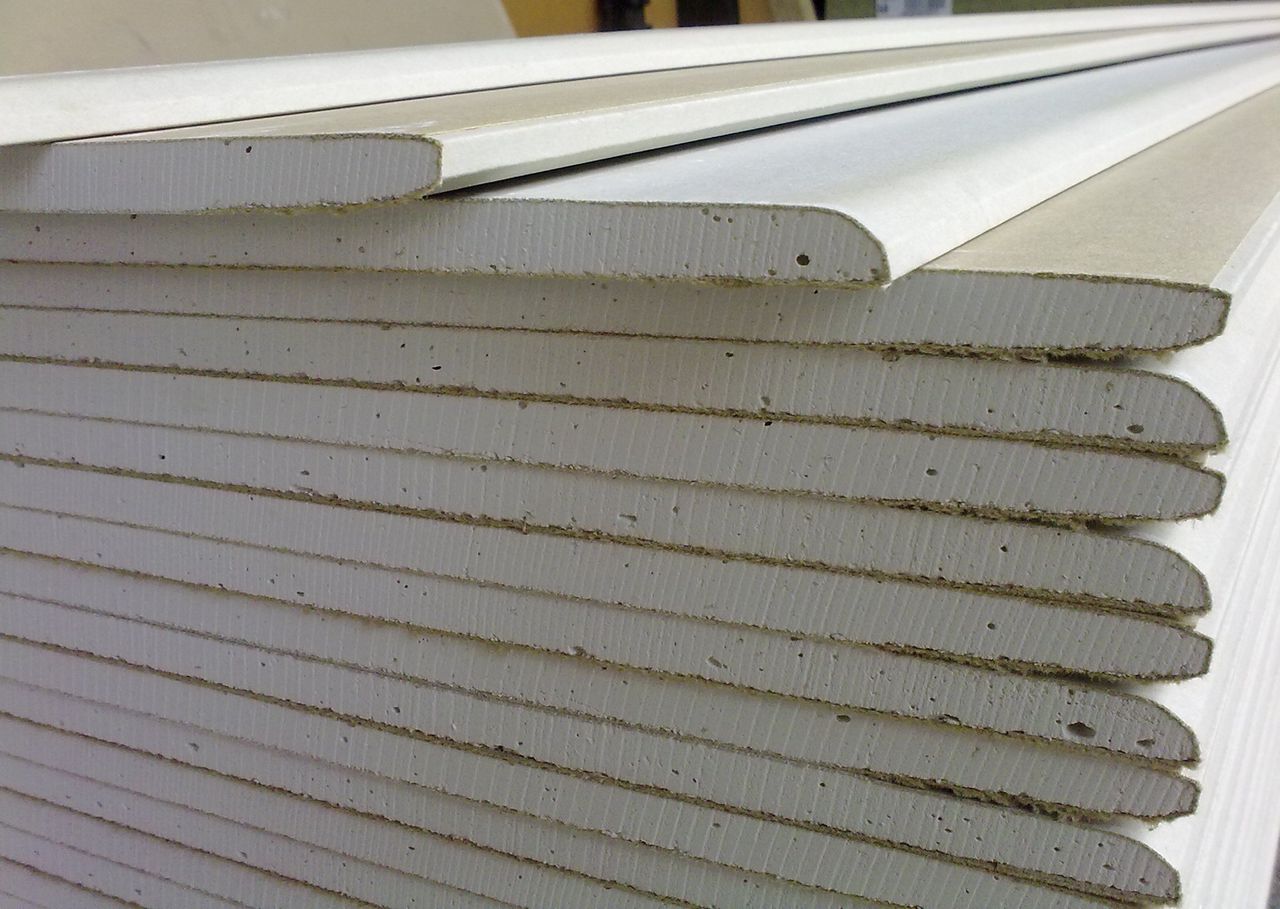

Building & Construction
What Is The Most Common Thickness Of Drywall Used In Residential Construction
Modified: January 6, 2024
Learn about the most common thickness of drywall used in residential building construction. Find out what thickness is commonly recommended for your home renovation or construction project.
(Many of the links in this article redirect to a specific reviewed product. Your purchase of these products through affiliate links helps to generate commission for Storables.com, at no extra cost. Learn more)
Introduction
When it comes to residential construction, drywall plays a vital role in providing a finished and polished look to interior walls and ceilings. This versatile material is not only durable but also allows for easy installation and customization. However, one of the key considerations in the construction process is determining the appropriate thickness of drywall to use.
In this article, we will explore the most common thicknesses of drywall used in residential construction. Understanding these options will help homeowners, contractors, and builders make informed decisions that meet the specific requirements of each project.
Before diving into the various thicknesses, it’s important to note that drywall is essentially composed of a layer of gypsum sandwiched between two sheets of paper. The thickness of the gypsum core determines the overall thickness and durability of the drywall.
Key Takeaways:
- The most common thicknesses of drywall used in residential construction are 1/2-inch and 5/8-inch. 1/2-inch is versatile, cost-effective, and suitable for most interior walls and ceilings, while 5/8-inch offers enhanced durability, soundproofing, and fire resistance for specific areas.
- Factors such as building codes, structural considerations, soundproofing needs, impact resistance, cost, and functional requirements influence the choice of drywall thickness. Understanding these factors helps homeowners, contractors, and builders make informed decisions that meet project requirements and budget constraints.
Standard Thickness of Drywall in Residential Construction
Residential construction typically involves the use of two primary thickness options for drywall: 1/2-inch and 5/8-inch. These thicknesses have become the industry standard due to their versatility and suitability for most residential applications.
1. 1/2-Inch Drywall
The most common thickness of drywall used in residential construction is 1/2-inch. This thickness is suitable for most interior walls and ceilings, where there are no special requirements for soundproofing or fire resistance. 1/2-inch drywall is lightweight, cost-effective, and relatively easy to handle and install. It provides a decent amount of durability and can withstand normal wear and tear in residential settings.
When using 1/2-inch drywall, it’s important to ensure that the studs or framing are spaced at a maximum of 16 inches apart. This helps to prevent sagging and maintain the integrity of the drywall over time. Additionally, proper taping and finishing techniques are essential to achieve a smooth and seamless surface.
2. 5/8-Inch Drywall
In certain areas of a residential project that require enhanced durability, soundproofing, or fire resistance, 5/8-inch drywall is the preferred choice. This thickness of drywall offers superior strength and can withstand more significant impacts without getting damaged. It also provides better sound insulation, making it an excellent option for media rooms, home theaters, or rooms located near high-noise areas.
Furthermore, 5/8-inch drywall is considered fire-resistant and is commonly used in areas where building codes require a certain level of fire protection. This includes walls and ceilings adjacent to garages, mechanical rooms, and areas that require additional safety measures.
3. Other Thickness Options
While 1/2-inch and 5/8-inch are the standard thicknesses for residential construction, there are other thickness options available for specialized applications. These include:
- 1/4-inch drywall: Primarily used as a substrate for wall tile installations or when there is a need to minimize the thickness of the wall.
- 3/8-inch drywall: Occasionally used for curved wall constructions or for minimal cost savings in non-load-bearing applications.
- 3/4-inch drywall: Reserved for specific commercial or industrial projects that require additional strength and impact resistance.
It’s important to consult with professionals and adhere to local building codes and regulations when considering these uncommon thickness options.
1/2-Inch Drywall
The most common thickness of drywall used in residential construction is 1/2-inch. This versatile option is suitable for most interior walls and ceilings and offers several advantages for homeowners and contractors alike.
One of the primary benefits of 1/2-inch drywall is its ease of installation. The lighter weight of this thickness makes it more manageable during the installation process, reducing the strain on workers. Moreover, its thinner profile allows for a more straightforward and efficient cutting process, resulting in less wastage.
In addition to the installation advantages, 1/2-inch drywall is also cost-effective. It is typically more affordable than thicker options, making it an appealing choice for budget-conscious projects. The lower cost doesn’t compromise its durability, as 1/2-inch drywall is still capable of withstanding normal wear and tear in residential settings.
However, it’s important to note that 1/2-inch drywall may not be suitable for all applications. While it works well for most interior walls and ceilings, it may not provide sufficient soundproofing in areas where noise reduction is a concern. In such cases, thicker drywall or additional soundproofing measures may be necessary.
When using 1/2-inch drywall, proper framing is essential. The studs or framing should be spaced at a maximum of 16 inches apart to ensure proper support. This spacing helps prevent sagging and maintains the integrity of the drywall over time.
Proper taping and finishing techniques are also crucial for achieving a smooth and seamless surface with 1/2-inch drywall. This involves applying joint compound to cover gaps and imperfections, followed by sanding and painting to create a polished finish.
It’s worth mentioning that there are variations within the 1/2-inch drywall category. This includes moisture-resistant drywall (often referred to as green board) or mold-resistant drywall (often referred to as purple board), which are suitable for areas prone to moisture or mold issues, such as bathrooms or basements.
In summary, 1/2-inch drywall is the most commonly used thickness in residential construction due to its versatility, ease of installation, and cost-effectiveness. It is suitable for most interior walls and ceilings, providing durability and a polished finish when installed correctly.
5/8-Inch Drywall
When it comes to areas in residential construction that require enhanced durability, soundproofing, or fire resistance, 5/8-inch drywall is the preferred choice. This thicker option offers several benefits and is commonly used in specific areas of a home.
One of the primary advantages of 5/8-inch drywall is its superior strength. Compared to 1/2-inch drywall, 5/8-inch drywall is more resistant to impacts and can withstand heavier loads without getting damaged. This makes it ideal for high-traffic areas or locations where there is a higher risk of accidental bumps or collisions.
Another significant advantage of 5/8-inch drywall is its improved sound insulation properties. Its increased thickness helps reduce sound transmission, making it an excellent option for rooms that require noise control, such as media rooms, home theaters, or bedrooms located near busy streets or noisy areas. The enhanced acoustic properties of 5/8-inch drywall create a more serene and comfortable living environment.
Furthermore, 5/8-inch drywall is considered fire-resistant. It has better fire-resistant properties compared to its thinner counterparts. Building codes often require the use of 5/8-inch drywall in certain areas of the home, such as walls and ceilings adjacent to garages, mechanical rooms, or areas where additional fire protection measures are necessary.
Although 5/8-inch drywall offers excellent durability and soundproofing, it should be noted that it is heavier and more challenging to handle during the installation process. Contractors and installers may require additional assistance to safely maneuver and position the larger sheets of 5/8-inch drywall.
In terms of installation, the same guidelines apply to 5/8-inch drywall as with other thicknesses. Proper framing, with studs spaced at a maximum of 16 inches apart, is crucial to provide adequate support to the thicker drywall. Following proper taping and finishing techniques will also result in a professional and seamless finish with 5/8-inch drywall.
It’s important to note that 5/8-inch drywall may not be necessary for all areas of a residential project. In most cases, 5/8-inch drywall is used selectively in specific rooms or locations that require its enhanced properties.
In summary, 5/8-inch drywall is the go-to option for areas in residential construction that require increased durability, soundproofing, or fire resistance. Its superior strength, improved sound insulation, and fire-resistant properties make it ideal for high-traffic areas, rooms that demand noise control, and spaces where building codes require additional safety measures.
Other Thickness Options
While 1/2-inch and 5/8-inch are the standard thickness options for residential construction, there are other alternatives available for specialized applications. These alternative thicknesses include 1/4-inch, 3/8-inch, and 3/4-inch drywall.
1/4-inch Drywall:
Primarily used as a substrate for wall tile installations, 1/4-inch drywall is exceptionally thin and lightweight. It is commonly used in areas where minimal wall thickness is desired. However, it’s important to note that 1/4-inch drywall is less durable and offers limited sound insulation compared to thicker options. Therefore, it is typically used in conjunction with other materials to achieve the desired finished wall thickness.
3/8-inch Drywall:
3/8-inch drywall is occasionally used for curved wall constructions or in situations where there is a need to minimize costs in non-load-bearing applications. While it is thicker than 1/4-inch drywall, it is still considered a relatively thin option. Due to its reduced thickness, 3/8-inch drywall may have limitations in terms of impact resistance and soundproofing capabilities. It is typically not recommended for areas that require higher durability or improved acoustic performance.
3/4-inch Drywall:
Reserved for specific commercial or industrial projects, 3/4-inch drywall is a thicker and heavier option. It offers increased strength and impact resistance, making it suitable for areas that may experience extreme wear and tear or require additional support. This type of drywall is commonly used in areas with high traffic, such as schools, hospitals, or industrial facilities.
It’s important to note that the use of these alternative thickness options is less common in residential construction. Homeowners and contractors typically opt for the standard thicknesses of 1/2-inch or 5/8-inch drywall, as they provide a balance of cost-effectiveness, durability, and soundproofing capabilities.
When deciding on the appropriate drywall thickness for a specific project, it’s essential to consider the intended function of the area, local building codes, and any specialized requirements. Consulting with professionals, such as architects or contractors, can help determine the most suitable thickness and materials for the desired outcome.
In summary, while 1/2-inch and 5/8-inch drywall are the standard thickness options in residential construction, there are alternative thicknesses available for specialized applications. 1/4-inch and 3/8-inch drywall are thinner options used for specific purposes, while 3/4-inch drywall offers increased strength for commercial or industrial projects. Understanding the different thickness options helps ensure that the right materials are chosen to meet the specific requirements of each construction project.
Factors Influencing the Choice of Drywall Thickness
When determining the appropriate thickness of drywall for a residential construction project, several factors come into play. Considering these factors ensures that the chosen drywall thickness meets the specific requirements and objectives of the project. Here are some key factors that influence the choice of drywall thickness:
1. Building Codes and Regulations:
Adhering to local building codes and regulations is essential in any construction project. Building codes may specify minimum requirements for fire resistance, sound insulation, or structural integrity. It’s important to consult the applicable codes to determine if any specific drywall thickness is mandated for certain areas or circumstances.
2. Structural Considerations:
The structural aspects of a project, including the type and spacing of wall studs or ceiling joists, heavily influence the choice of drywall thickness. Thicker drywall, such as 5/8-inch, may be necessary in areas with wider stud spacing or when additional strength and support are required. Proper framing is crucial to ensure the drywall is properly supported and prevents sagging or other structural issues.
3. Desired Soundproofing:
If soundproofing is a priority, the choice of drywall thickness becomes critical. Thicker drywall, like 5/8-inch, has better sound insulation properties compared to thinner options, reducing sound transmission between rooms and minimizing external noise. Spaces such as home theaters, bedrooms, or rooms in close proximity to busy streets may benefit from thicker drywall to create a more peaceful and quiet environment.
4. Impact Resistance:
In areas where there is a higher risk of impact or potential damage, such as hallways or playrooms, choosing a thicker drywall can provide added durability and protection. Thicker drywall, such as 5/8-inch, is more resistant to dents and dings, making it suitable for areas prone to more significant wear and tear.
5. Cost Considerations:
Budget is an influential factor in any construction project. Thicker drywall typically comes at a higher cost compared to thinner options. It’s important to strike a balance between the desired performance and the available budget. In many residential settings, 1/2-inch drywall provides a cost-effective solution that meets the necessary requirements without compromising quality.
6. Functional Requirements:
The specific functional needs of a room or space may also impact the choice of drywall thickness. For example, rooms with higher moisture levels, such as bathrooms or basements, may require moisture-resistant drywall, which is typically available in standard thicknesses. Similarly, areas with fire safety concerns may call for the use of fire-resistant drywall, which is commonly available in 5/8-inch thickness.
By considering these factors, homeowners, contractors, and builders can select the most suitable drywall thickness that meets the project’s requirements, while considering budget constraints and local building regulations.
Conclusion
Choosing the appropriate thickness of drywall is a crucial decision in residential construction. The two standard options, 1/2-inch and 5/8-inch, cater to the majority of residential applications, providing versatility and durability.
1/2-inch drywall is the most commonly used thickness, offering ease of installation, cost-effectiveness, and sufficient strength for most interior walls and ceilings. It is suitable for general residential projects where soundproofing or fire resistance is not a significant concern.
On the other hand, 5/8-inch drywall is preferred for areas that demand enhanced durability, improved sound insulation, or fire resistance. Its thicker profile provides superior strength, better soundproofing, and compliance with fire codes. It is commonly used in high-traffic areas, rooms that require noise control, or locations that necessitate additional fire protection measures.
While 1/2-inch and 5/8-inch drywall are the industry standards, alternative thicknesses such as 1/4-inch, 3/8-inch, and 3/4-inch are available for specialized applications. These options serve specific purposes and are typically less common in residential construction.
Several factors influence the choice of drywall thickness, including building codes, structural considerations, desired soundproofing, impact resistance, cost, and functional requirements. By considering these factors, homeowners, contractors, and builders can determine the most suitable drywall thickness that meets the project’s specific needs, while adhering to regulations and staying within budget.
In conclusion, understanding the various thickness options, their advantages, and the factors that impact the choice of drywall thickness is vital for achieving a successful and well-executed residential construction project. By selecting the appropriate drywall thickness, homeowners can enjoy durable, visually appealing, and functional interior spaces that meet their expectations and requirements.
Frequently Asked Questions about What Is The Most Common Thickness Of Drywall Used In Residential Construction
Was this page helpful?
At Storables.com, we guarantee accurate and reliable information. Our content, validated by Expert Board Contributors, is crafted following stringent Editorial Policies. We're committed to providing you with well-researched, expert-backed insights for all your informational needs.
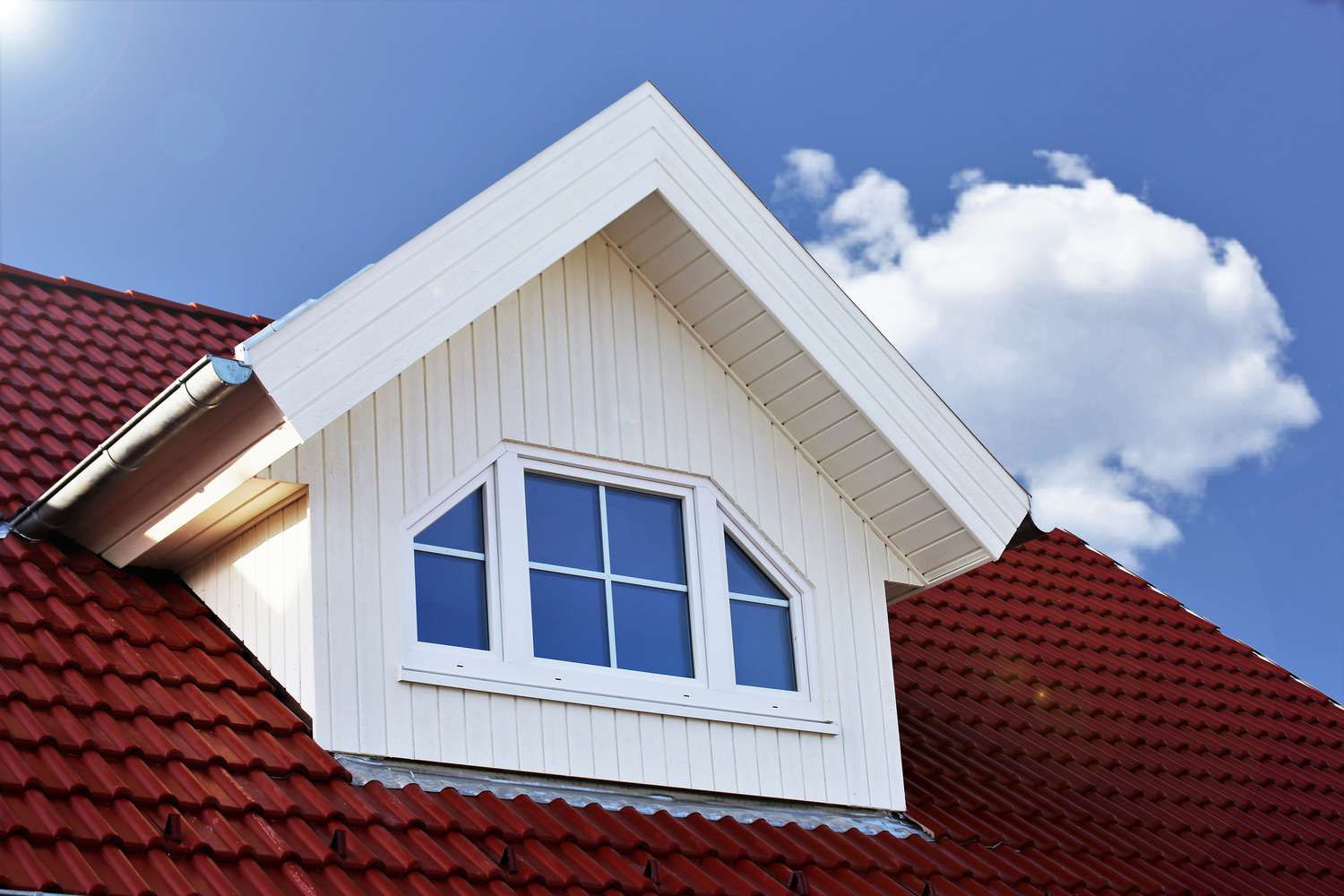
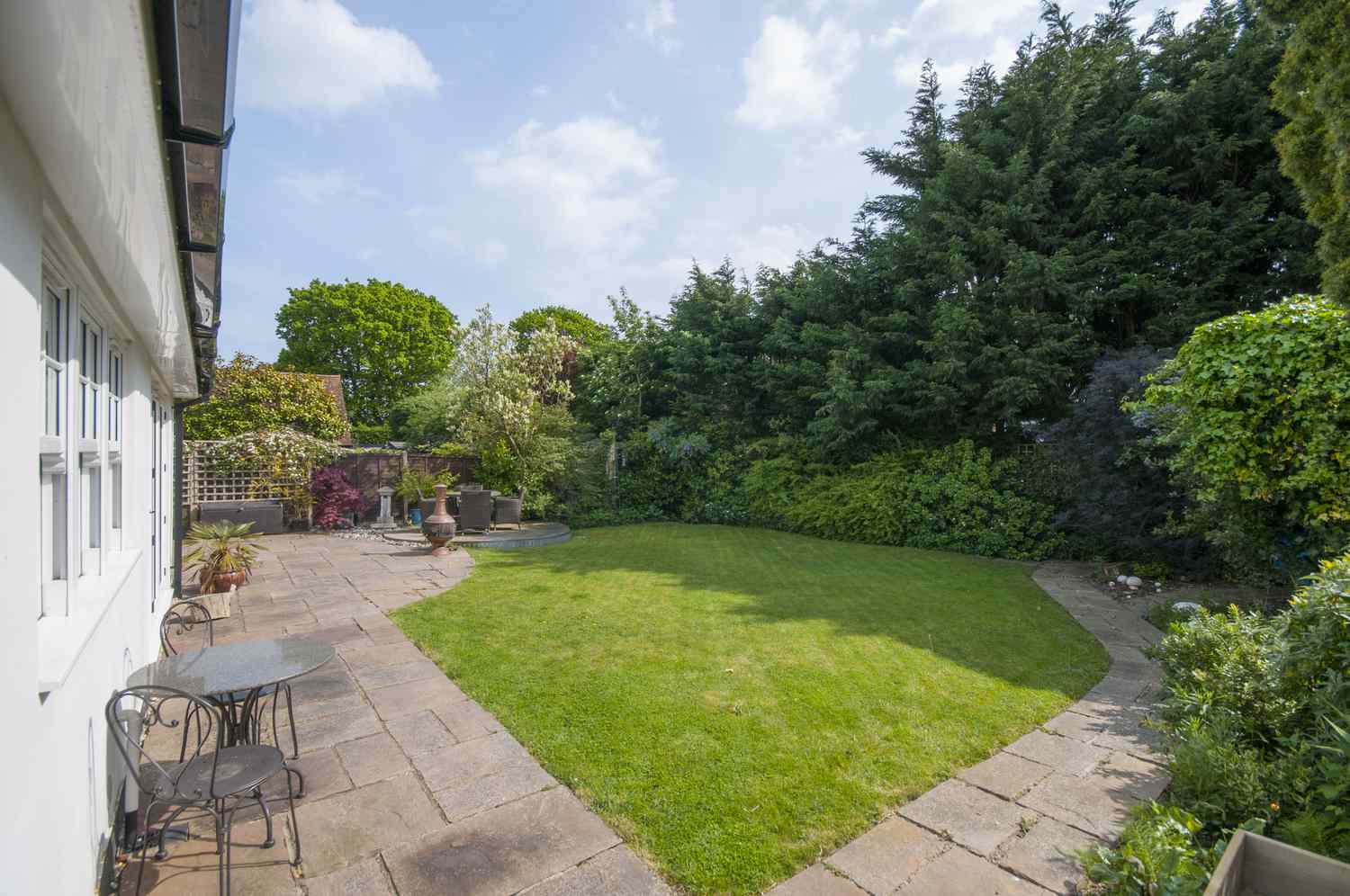

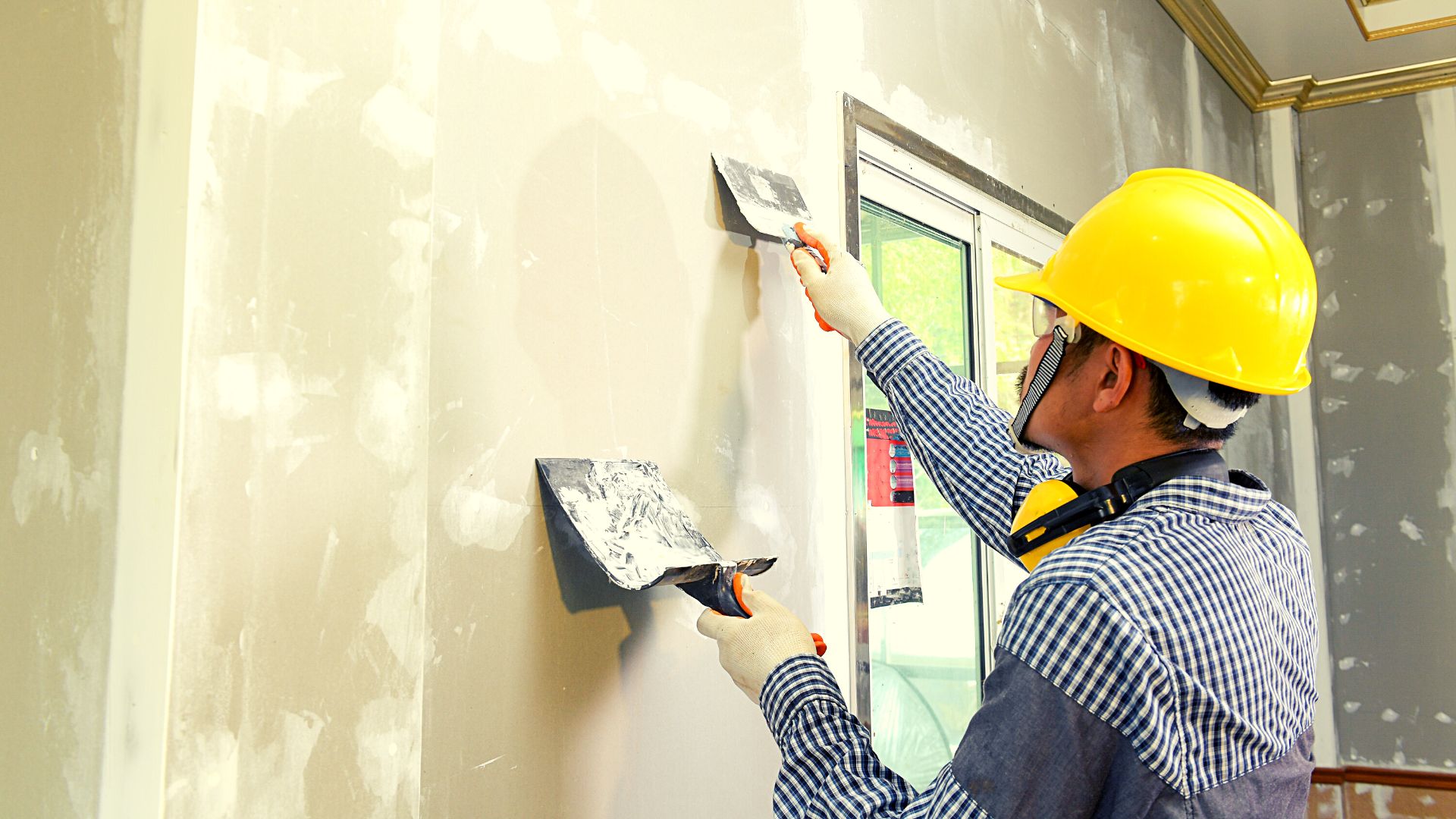
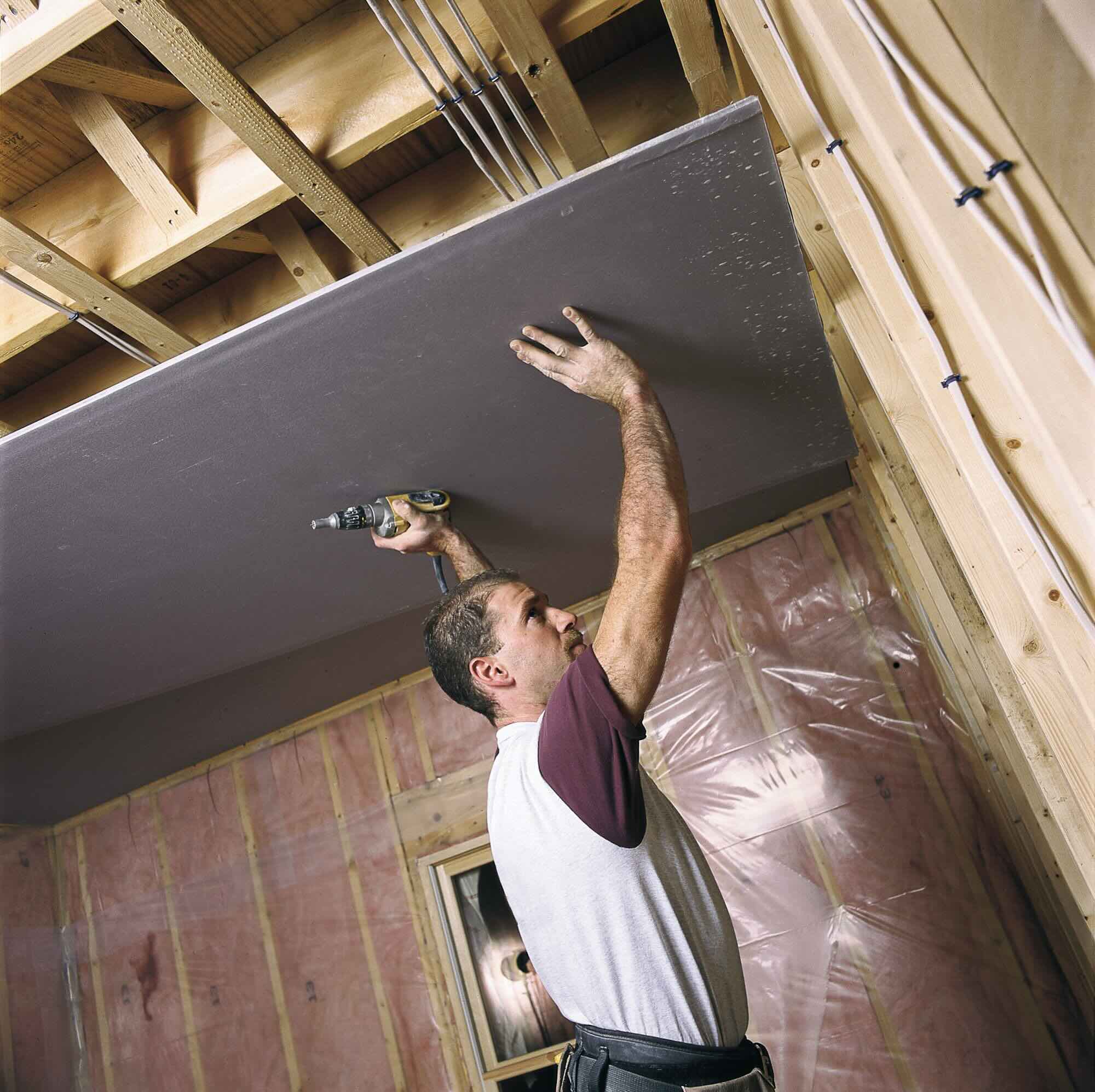

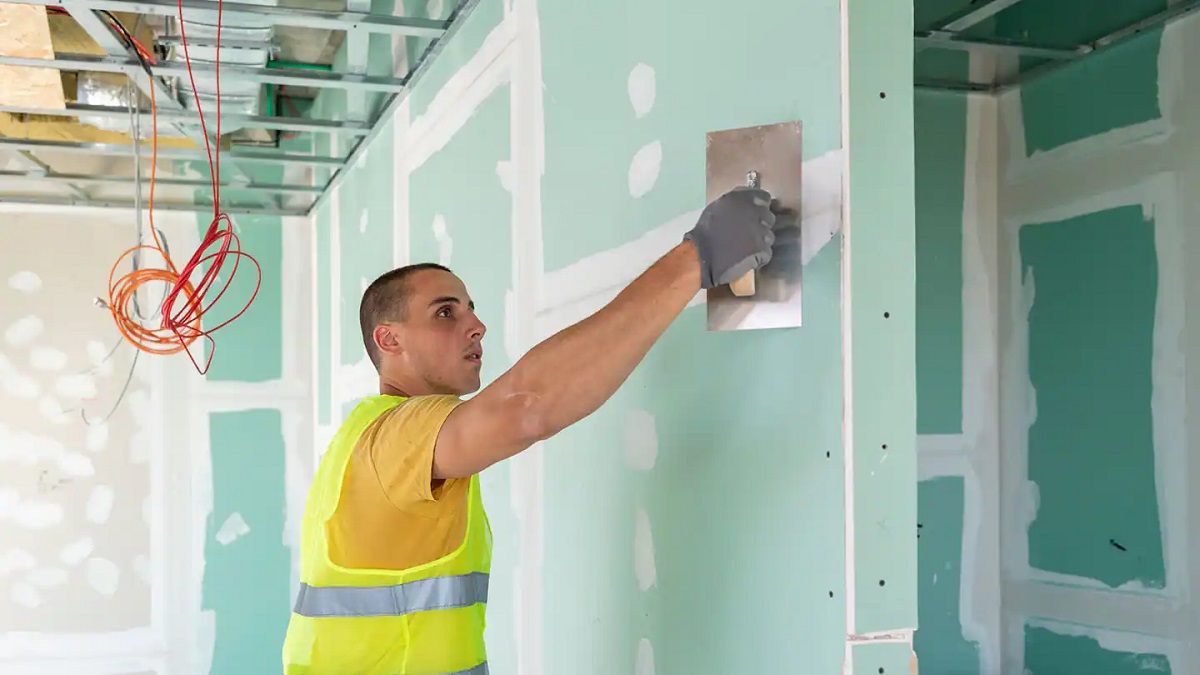
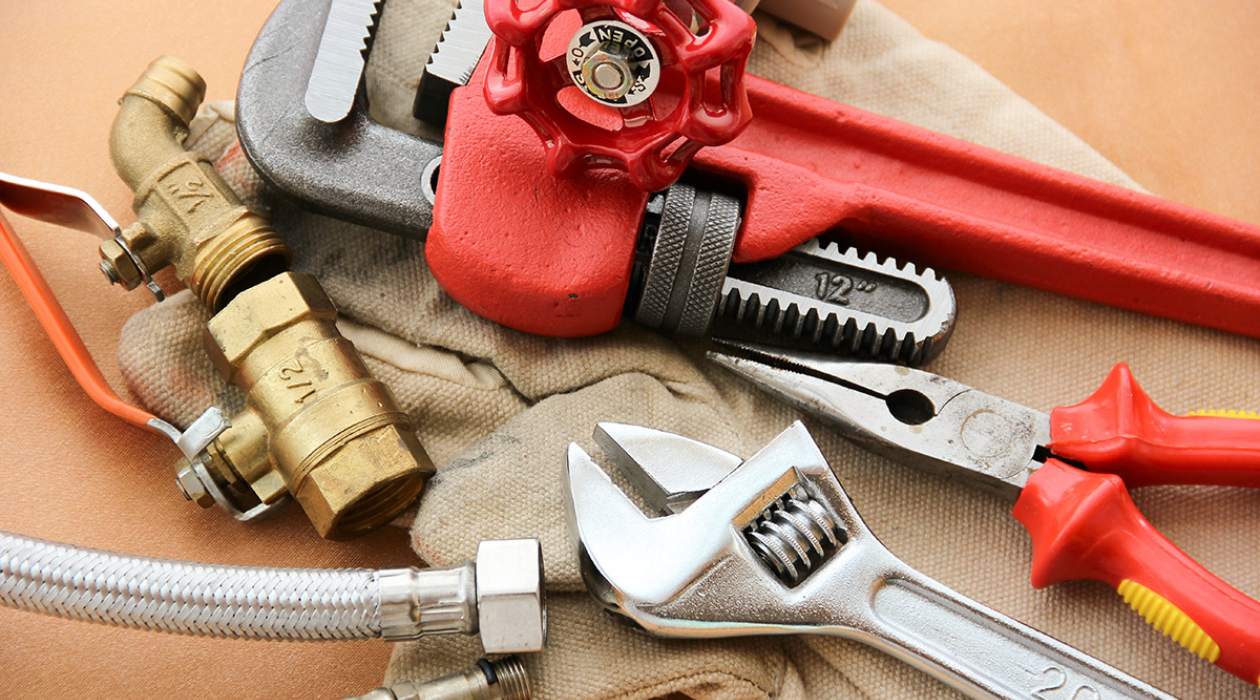
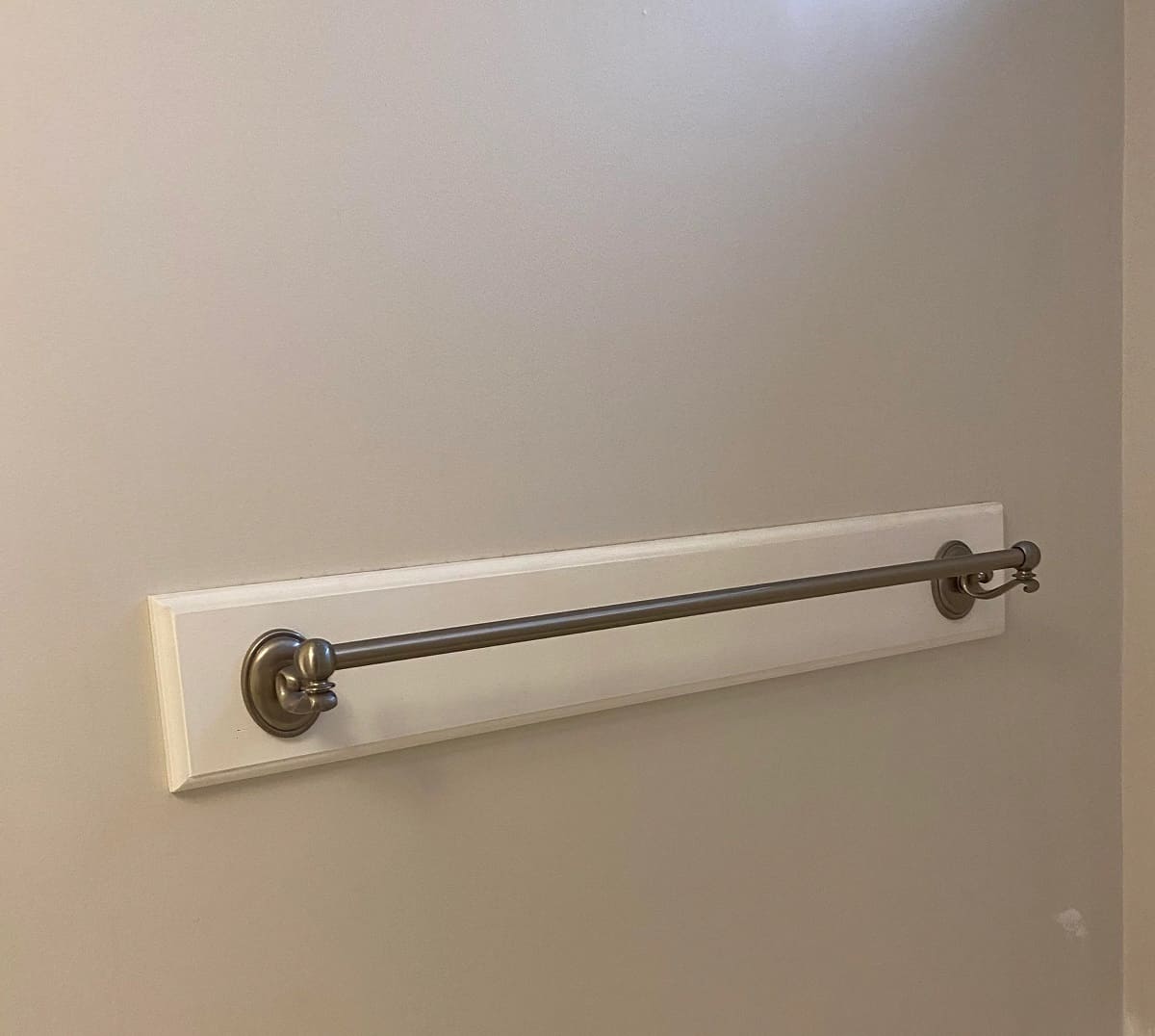

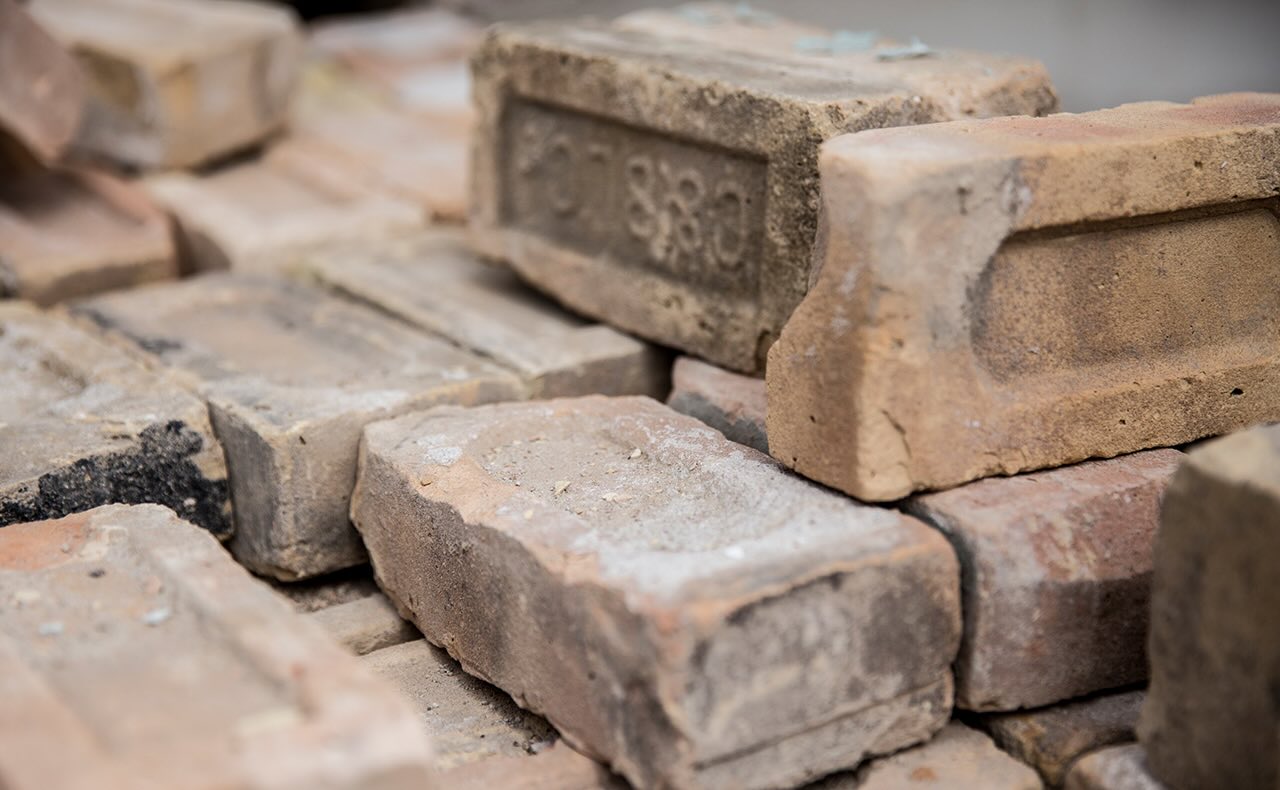

0 thoughts on “What Is The Most Common Thickness Of Drywall Used In Residential Construction”